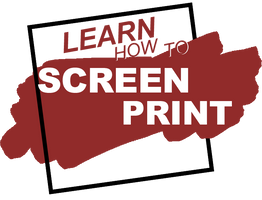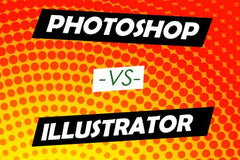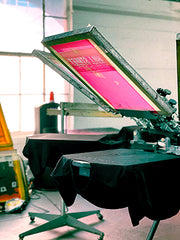- Choosing the right screen printing mesh can be the difference between a good print and a horrible print. Most new screen printers will reach for 110 mesh. This is a mistake. Screen mesh should be chosen wisely. One common myth is that a high mesh count will not let enough ink through for white ink on white base prints. Wrong- white ink can be printed through a 230 or 180 mesh just like a 110 mesh. The difference is the amount of ink that comes through each mesh- a 230 or 180 mesh may not let a "ton' of white ink through- but the white ink will go through. And a white base printed through a 230 or 180 mesh will be much softer and nicer then the white base printed through the 110 mesh.
Tips for Choosing Screen Mesh | Screen Printing T-Shirts
- 40-60 Mesh- Glitter Inks
- 86 Mesh- Shimmer Inks
- 110 - 156 Mesh- Blocks of Color on White and Light Color Shirts
- 156- 180 Mesh- White Ink and White Under base Prints
- 200- 230 Mesh- Top Color Prints- Halftones
- 305 Mesh- CMYK True Process Prints
The next step; choosing mesh counts for top colors. The majority of general all purpose ink on the market today will print just fine through a 230 or higher mesh count. If you print an under base through a 180 or 230 mesh screen- you will be just fine printing top colors through a 230 mesh screen 99% of the time. Now- there are exceptions to the rule- you may not always print a 100% solid white base under each color- and in that case you may end up using a lower mesh screen for the top colors. For example- we using reduce the white base to 30% under royal blue, and depending on the garments we're printing on, we may use a 156 mesh screen or 180 instead of the typical 230 mesh screen for top colors.
When printing white ink on dark color shirts- you will most likely do a print flash print cycle. If you use a 110 mesh screen and print flash print, your ink can become very heavy and rough on the shirts. This is a common mistake some new screen printers make. A better option is to use a 156 or 180 mesh count- this will lay down a thinner and softer layer of ink on your shirts. Using a print flash print cycle with a 156 or 180 mesh count screen will give you a bright white, opaque screen print, even on black shirts. A 180 mesh count will also hold better halftones than a 110 mesh screen. Try using a 156 or 180 mesh screen and do a print flash print. I think you will like the feel of the print much better. A 156 or 180 mesh count screen is also great for an under base print. After printing white ink through a 156/180 mesh screen and then flashing the ink- we then print top colors of ink through a 230 mesh count screen.
40-60 Mesh Screen Count- Glitter Inks
86 Mesh Screen Count- Shimmer Inks
110 - 156 Mesh Screen Count- Blocks of Color on White and Light Color Shirts
156- 180 Mesh Screen Count- White Ink and White Under base Prints
200- 230 Mesh Screen Count- Top Color Prints- Halftones
305- CMYK True Process Prints




Leave a comment